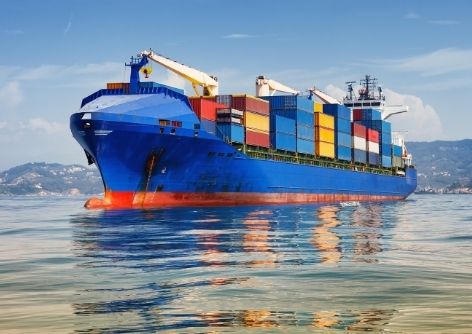Steering the Waves: Delivery Issues and Solutions from Chinese Waters
Recently, transportation from China has become a key factor for businesses around the globe. As a major manufacturing hubs, China plays a vital role in the supply chain, providing a wide range of products that support various industries. However, the journey from manufacturer to retailer is filled with obstacles. Companies often face hurdles such as increasing freight charges, regulatory complexities, and unexpected holdups that can impact their bottom lines.
Managing international shipping requires a deep knowledge of these issues and the ways to address them. With the proper information and tools, businesses can streamline their supply chain, ensuring on-time shipment and budget-friendly strategies. In this article, we will explore the frequent issues associated with shipping from China and offer effective remedies to help businesses thrive in a challenging environment.
Present Freight Difficulties
Shipping out of the Chinese mainland has encountered major challenges in the past times, notably due to global interruptions. The COVID-19 pandemic brought about unusual difficulties, ranging from dock closures to reduced shipping capacity. These interruptions have resulted in delays and elevated expenses, creating a volatile environment for businesses relying on on-time deliveries.
Another urgent challenge is the surge in freight rates. Increased demand for shipping services, in addition to limited supply chains, has driven prices to historical heights. Firms are frequently caught off guard by these volatile costs, which can affect earnings and complicate budgeting and forecasting.
Additionally, legislative changes and customs procedures can create hurdles for companies shipping coming from China. Companies must manage complicated import/export laws, which can vary by country and product. Misunderstanding these regulations can result in delays, charges, or even the confiscation of goods, further obstructing the shipping procedure and burdening supply chains.
Impact of Regulations
Regulatory frameworks substantially influence shipping from China, determining the way companies manage their supply chains. Compliance with global norms, including tariff regulations and safety guidelines, are mandatory for goods shipped overseas. Businesses need to understand both the laws in China but also the regulations of the countries they are shipping to. Failure to adhere can lead to setbacks, additional costs, and even confiscation of goods, making it vital for companies to stay informed about these evolving rules.
Aside from customs laws, export laws play a crucial function for shipping from China. shipping from china might face export limitations and require specific permits prior to shipping. This becomes increasingly complex for businesses working with tech products and sensitive goods, as they must follow particular rules that dictate how these items can be moved. Comprehending the details of export laws facilitates in strategic planning which reduces the potential for legal complications.
Furthermore, recent changes in environmental regulations have an effect on shipping practices from China. Tighter emissions regulations along with green shipping practices are being adopted internationally, requiring businesses to assess their logistical approaches. Businesses are actively seeking eco-friendly shipping options and eco-conscious supply chain practices to adhere to the new legal requirements. Adopting these changes not only helps avoid penalties but can also enhance brand reputation while appeal to environmentally conscious consumers.

Strategies for Optimized Shipping
To optimize shipping from China, businesses should focus on choosing the appropriate shipping methods based on their individual needs. For time-sensitive goods, air freight might be more advantageous despite its greater cost, while sea freight is ideally suited for bulk shipments with prolonged lead times. Recognizing the balance between cost and delivery speed is essential. Companies can gain from a mixed approach, using both air and sea freight as needed to enhance efficiency and reduce expenses.
Another vital strategy involves working closely with experienced logistics providers. These partners can offer valuable insights into local regulations, customs procedures, and the optimal routes for transportation. By taking advantage of their expertise, businesses can reduce delays and avoid potential pitfalls in the shipping process. Establishing solid relationships with dependable freight forwarders can lead to better rates and more streamlined logistics operations.
Lastly, investing in technology can greatly enhance visibility and control over the shipping process. Tools such as cargo tracking software can help businesses follow their cargo in actual time, allowing for proactive decision-making if challenges arise. Additionally, linking inventory management systems with shipping processes ensures that businesses can act promptly to changes in demand and control stock levels efficiently. Embracing these tech innovations can lead to smoother and more efficient shipping operations from China.